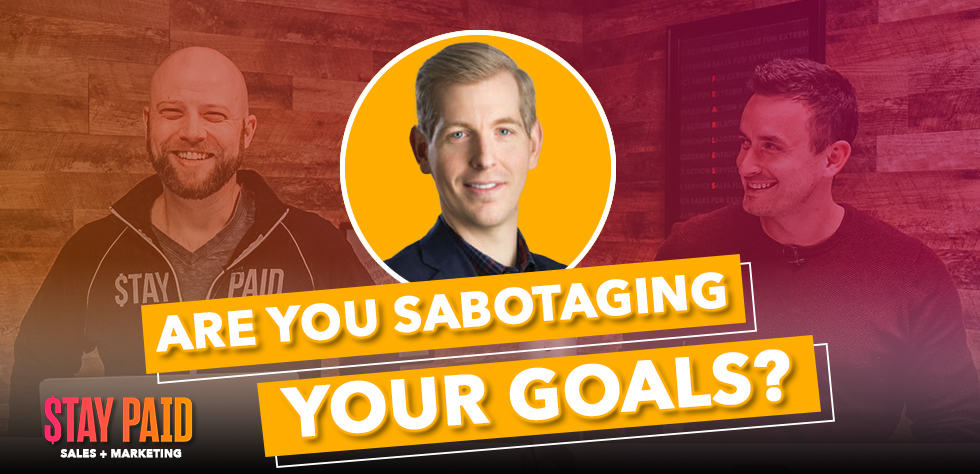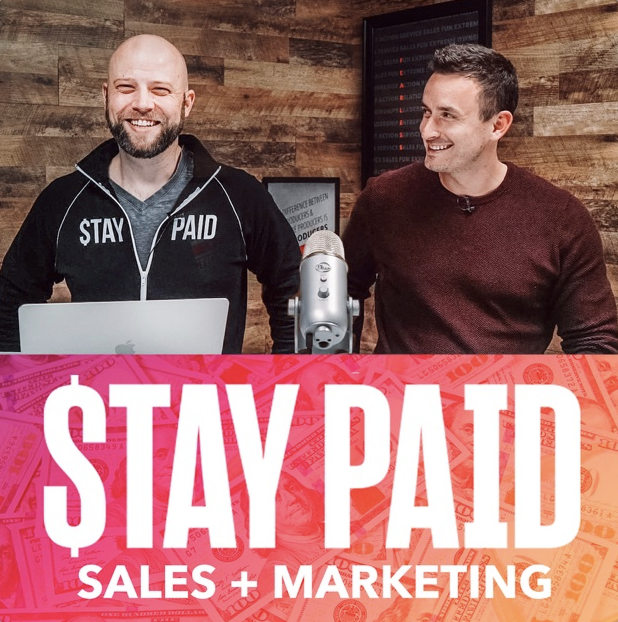Business is a Gamble, so Rig the Game
This week’s interview with Dan Nicholson is deep.
But don’t shy away.
A deep conversation isn’t always a complicated or boring one.
Granted, if you’re stuck in a college philosophy course where you have no inkling about what’s going on, and Anaxagoras sounds like something that will get you out of class rather than the name of an ancient Greek philosopher, then yes—deep and complicated are one and the same.
But that’s not the case with this week’s episode.
Dan and his team have created Certainty App, and while its internal workings are wildly sophisticated, everything about it is meant to help simplify the way you make business decisions and get you closer to what you want. With the Certainty App, Dan wants to give people more power over their finances and drive down their uncertainty so that they experience less anxiety. With less anxiety, he argues, people can get closer to what they want.
There are four core assumptions or commandments that underpin the operating system that runs the Certainty App. These are:
- Closer is greater than more.
- There is a difference between preference-based decisions and binary or fact-based decisions.
- Every business decision is a financial decision.
- Business is a gamble, so make bets that are asymmetric.
Dan explains these commandments all simply and clearly during the interview, and you can listen to get all the juicy and insightful information. Here, we’re going to explore the fourth one—business is a gamble.
Elon Musk makes smart bets.
In Dan’s experience, too many business owners make decisions where the downside of the decision is only equal to or even worse than the upside. He offers the example of deciding whether to spend a dollar.
You can spend the dollar, Dan says, and make a dollar (resulting in two dollars). Or, you can lose the dollar. On a grander scale, you can make a decision that earns you $100,000 or leaves you homeless.
These are not good decisions, but business owners make similar decisions all the time.
Instead, Dan advocates that when it comes to making a business decision, follow the lead of Elon Musk, a billionaire who wants to remain a billionaire, and only make decisions where the upside is substantially greater than the downside.
Some people are very good at making these kinds of decisions, but for the rest of us, Dan has a process that systematizes the decision-making process so that you can rig the game and always win.
How to create a sure thing.
To begin making winning decisions, start by listing every business idea you have. Then ask these questions about each of them:
- Will the outcome of this decision force me to do something I was already planning to do?
- Will the outcome of this decision save time now or in the future? How much time?
- Will the outcome of this decision make money? Do I have the data to back this up? How much money?
- Will the outcome of this decision reduce expenses now or in the future? How much money will I save?
Once you have the answers for all the ideas you have, only proceed with the ideas where you were able to check three of the four boxes. Less than that and you won’t come out on top.
Chances are you have more than one idea where proceeding is a good option. The one you proceed with first is the one that produces the most money, the most savings, and the most saved time.
So, how does this process rig the game?
Glad you asked.
Even if the money you make or the savings you derive are less than you expected, you still come out ahead, either because you did something you were going to do anyway, or you saved time.
And here’s the lesson . . .
Too often, we only look at outcomes in terms of revenue or expenses, but other outcomes can be just as or even more valuable when it comes to getting closer to what you really, truly, want.
Key Points
- The first step in moving closer to what you want is to know what you want. Your priority will be where you put your time and spend your money, and when you take the time to go through the exercise described in the episode, you may find that your priority is not what you want.
- The most efficient way to get to what you want is to optimize your resources rather than to maximize them.
- Always make business decisions so that the upside is substantially better than the downside. A decision that makes you $100,000 or leaves you homeless is not a decision you want to make.
- “Substantially better” isn’t always measured in dollars and cents.
Action Item
Identify your #1 priority and ask, are you going for more or are you getting closer?
Connect | Resources
Website and tool: CertaintyApp.com
Podcast: Rigging the Game on Apple Podcasts



















 Soundcloud
Soundcloud iHeart Radio
iHeart Radio Spotify
Spotify Spotify
Spotify


